As her graduating classmates celebrated accomplishments and looked forward to the future, Angela Maurer focused on one thing.
Regaining the ability to walk.
In high school, Maurer stayed active in cross country, basketball and track. She served on student council, in the National Honor Society, in the Business Professionals of America, and, an avid horseback rider, as president of her 4-H club.
She was an achiever, in every sense of the word.
And since running had been part of her life since middle school, Maurer planned to join the cross country team at Aquinas College in the fall of 2014.
Everything changed in her final week of high school.
The crash
On May 22, 2014, Maurer, then 18, was behind the wheel of her Chevy Tahoe, with her younger brother, Nathan, in the passenger seat.
They had just left the house. When Maurer made a left turn out of the driveway of her family’s home in Williamston, Michigan, she forgot to check her blind spot.
An oncoming SUV broadsided her Tahoe at about 60 mph. Although Maurer’s brother managed to walk away with minor injuries, Maurer sustained serious injuries that would change her life.
Initially, she didn’t even understand the severity of her trauma. She remembers telling her mom she could move her toes, and asking her mom if that was a good thing.
“The entire dash was on my lap,” Maurer recalled.
An ambulance rushed her to the hospital, where an initial evaluation provided more uncertainty. The left side of her pelvis shattered upon impact and her neck had fractured.
Given the extent of the trauma, doctors couldn’t say if she would ever walk again.
Hearing that, Maurer became motivated to make a full recovery.
“It drove me to prove them wrong, push myself harder,” she said.
The recovery
Surgeons at Spectrum Health Butterworth Hospital installed plates and screws to keep her pelvis together.
Then came the hard part.
Physical therapist Linda Rusiecki, DPT, evaluated Maurer after her transfer to the Spectrum Health Center for Acute Rehabilitation.
The work to recover began immediately. Each day for three weeks, she would undergo four therapy sessions—one hour of physical therapy and one hour of occupational therapy followed by half-hour sessions of each.
She first entered therapy on a Tuesday, making a goal of attending her high school graduation ceremony that Sunday.
Maurer remembers the pain when she first arrived at therapy. She needed two people to help her get up. But she was clearly motivated, Rusiecki recalled.
The young woman progressed from learning how to sit up in bed to getting into a wheelchair. When she sat up in bed, her head spun and she couldn’t focus on anything.
Maurer said it was hard to visualize how she would ever reach her goal and someday run again, but her family encouraged her to keep going.
Progress came incrementally.
After days of persevering through pain, she joined her classmates in celebrating high school graduation. As Maurer’s brother pushed her wheelchair across the stage, the crowd gave her a standing ovation.
Hitting that milestone was emotional, Maurer said. In that moment, she saw the volume of love and support behind her, even as she continued her recovery about an hour-and-a-half away from her hometown.
Her accomplishments didn’t stop there. In two more weeks of therapy, she progressed from a walker to crutches.
Although some days proved to be more challenging than others—she remembers being plagued by soreness—the hurdles became easier to clear once she could walk with crutches.
Through occupational therapy, she learned how to get out of bed, shower and use the restroom without assistance. In physical therapy, she learned how to get in and out of cars, walk down stairs and walk across different terrains with her crutches.
When therapists released Maurer from inpatient therapy on June 9, less than a month after the crash, she could walk more than 1,000 feet with crutches over various terrain. She could also maneuver a flight of steps as long as she kept the weight off her left foot, Rusiecki said.
Returning home, Maurer became single-mindedly focused on one goal: Running again.
The finish line
Her medical team cleared Maurer to stop using crutches two days before freshman orientation at Aquinas College. She then worked toward her goal, one step at a time.
“Everything was worth it in the long run,” she said.
Before she got the OK to run, she spent time cross-training, biking and exercising on the elliptical to build up her strength. Six months after the crash, doctors approved her to begin running again.
In November 2014, she become an active member of the cross country team, where her teammates heard her story and greeted her with enthusiastic support.
“They remind me how I’m a walking miracle, and it’s like a blessing to be able to run again,” she said.
In May 2015, a year after the crash, Maurer visited staff at the Center for Acute Rehabilitation to show them her progress.
“It was very exciting to see her again,” Rusiecki said.
Maurer said she’s now in the best shape she’s ever been in. And her experience is shaping the trajectory of her life not just in physical recovery, but in academic prowess.
Prior to the crash, she had planned to study either occupational or physical therapy. Given her experience, she has decided to study physical therapy, in hopes of one day working with athletes who may find themselves in similar situations.
She can relate to athletes whose injuries might temporarily keep them from doing what they love. She can help them persevere to reach their goals, and help them return to their passions.
Despite the challenges, Maurer said the journey has made her thankful for every day. Thankful for everything she has. Thankful for still being alive.
For others going through their own struggles and journeys, Maurer, now 20, recommends keeping a positive mindset, because negativity will only make things more challenging.
Her advice: “Stay strong.”
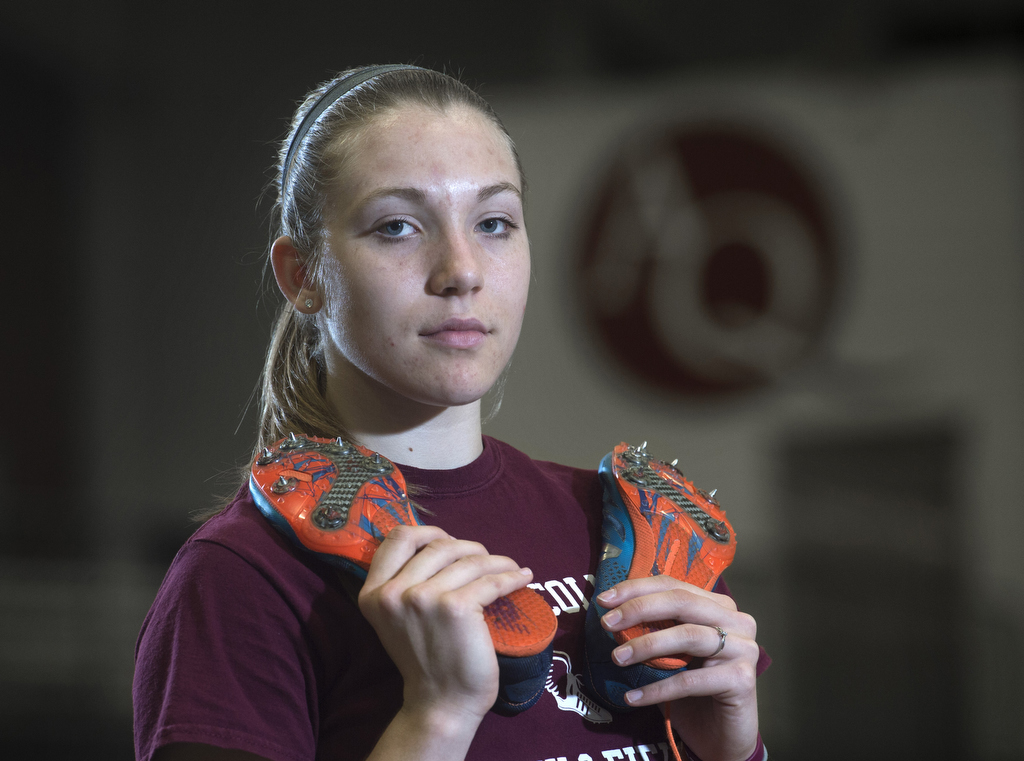
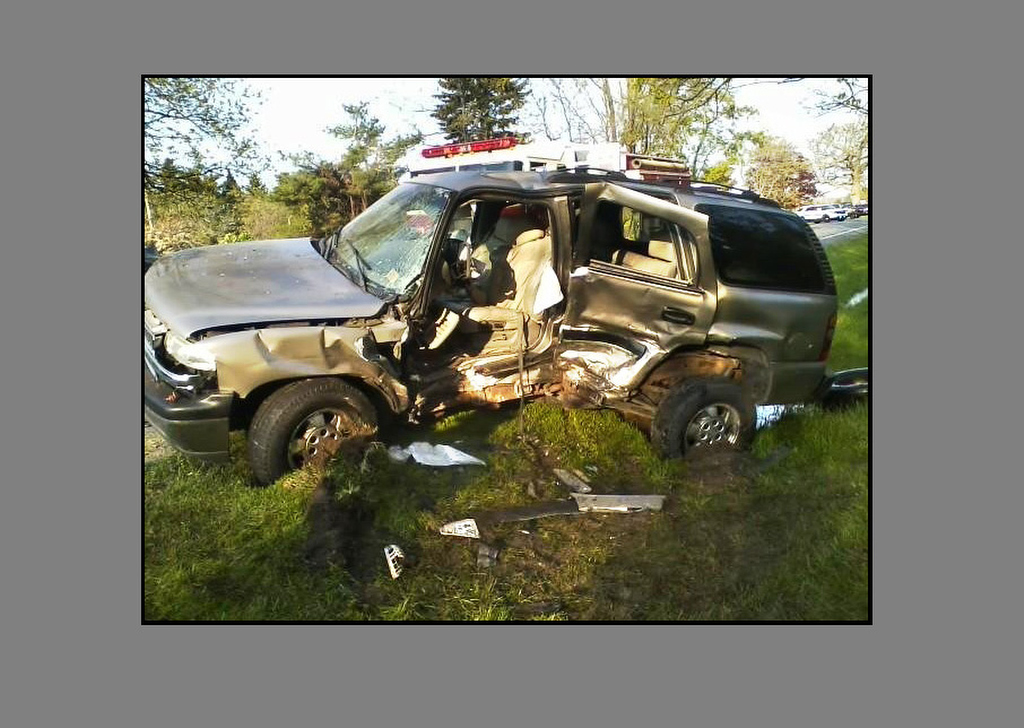
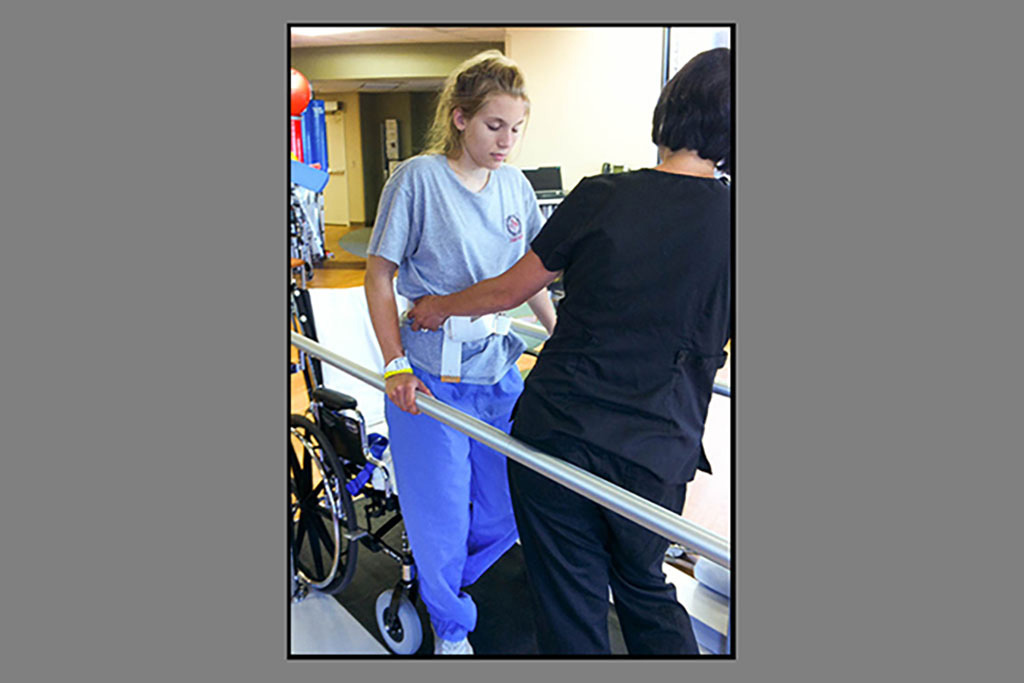

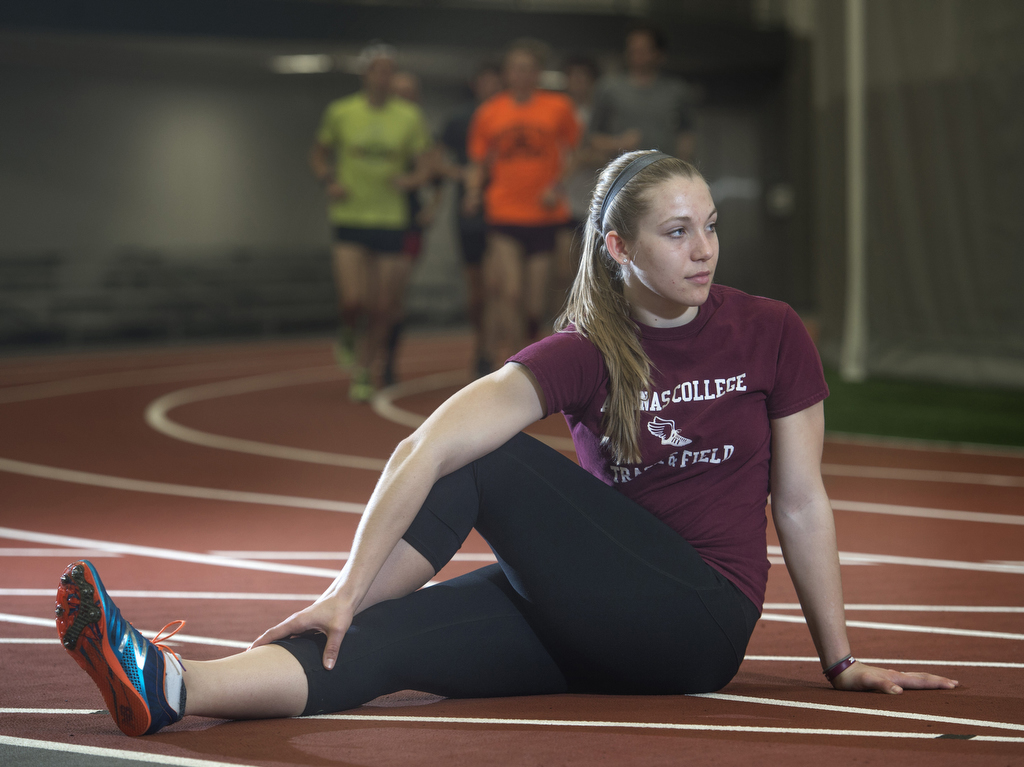
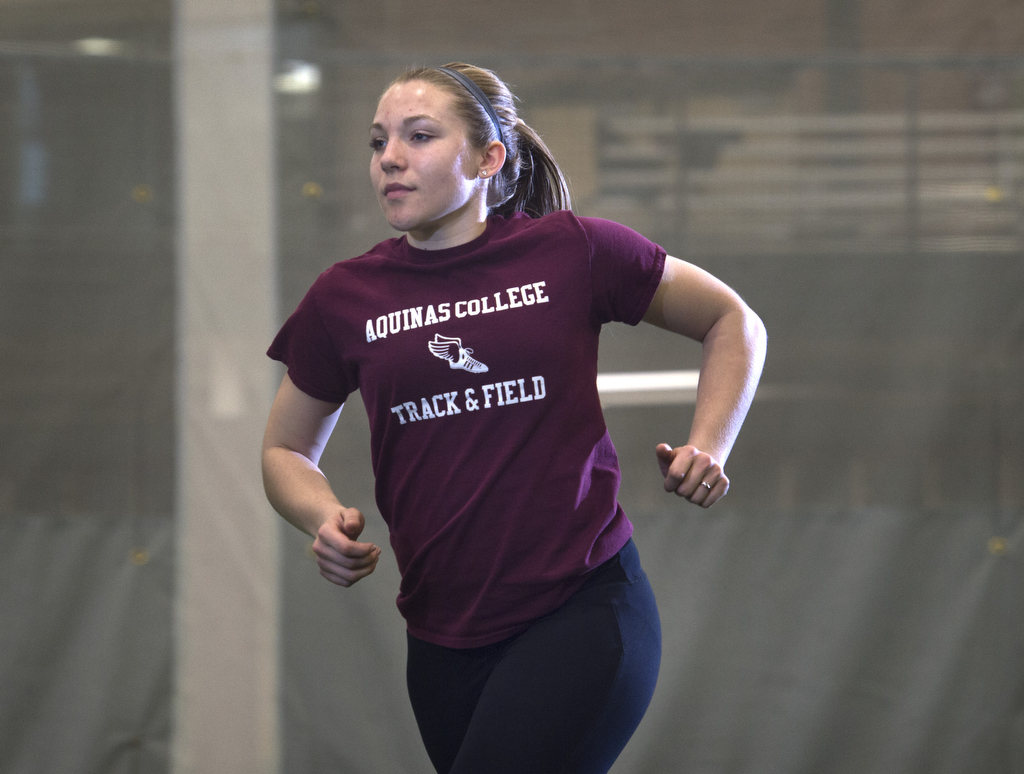

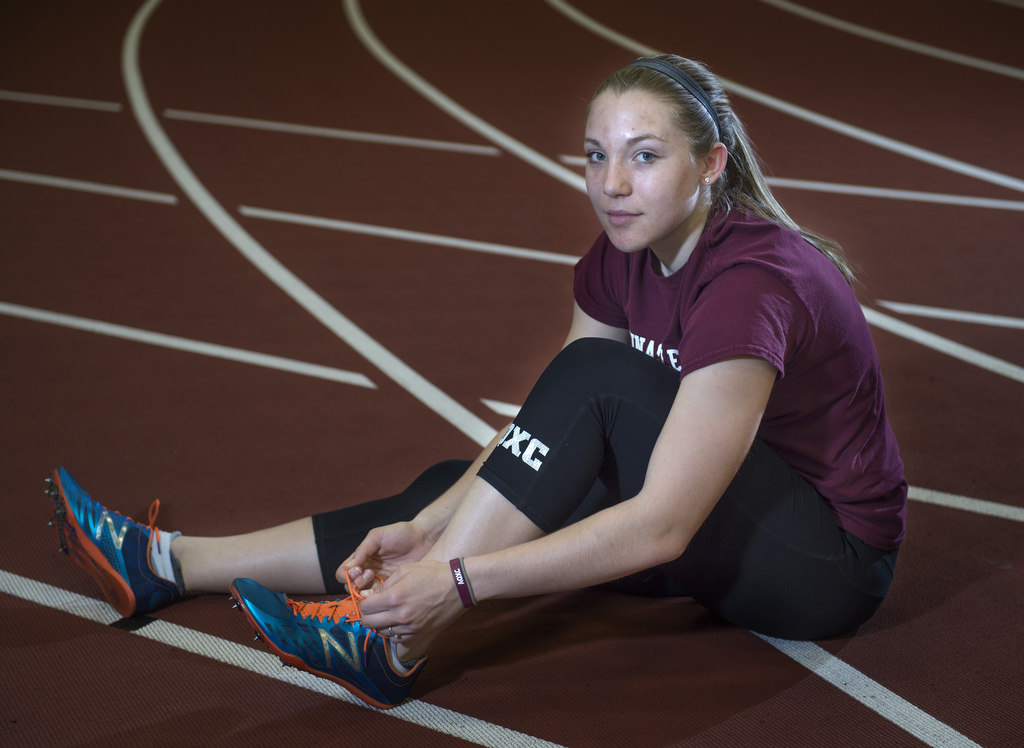

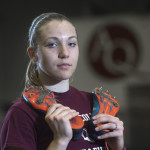
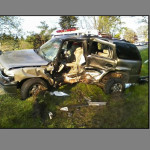


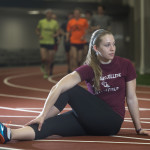




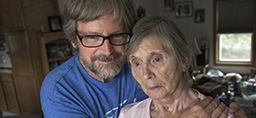 /a>
/a>
 /a>
/a>
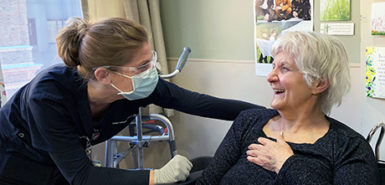 /a>
/a>